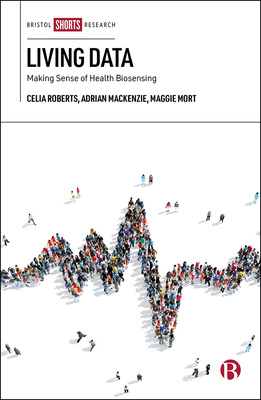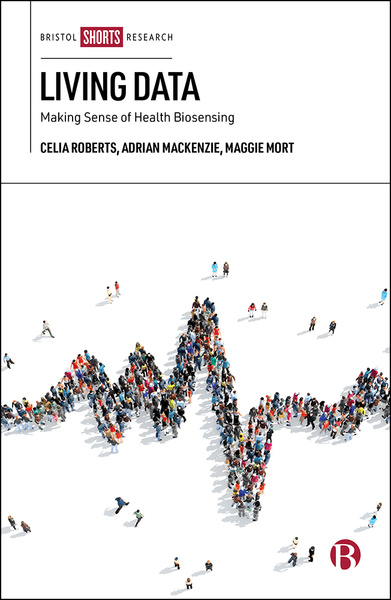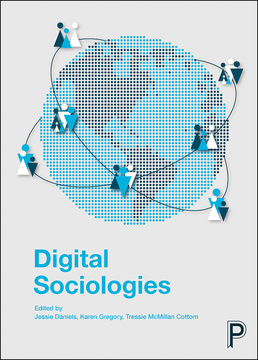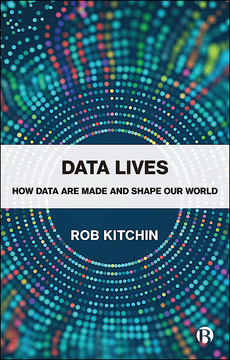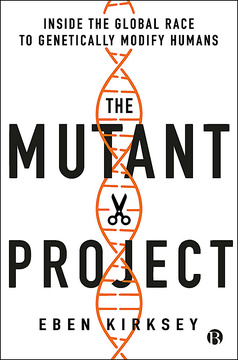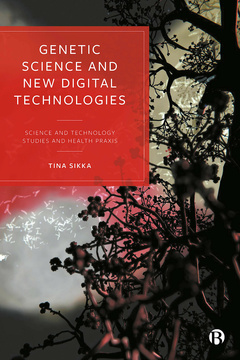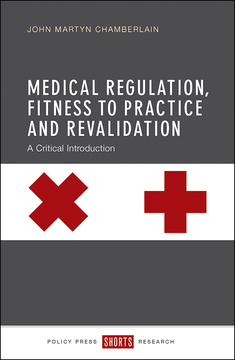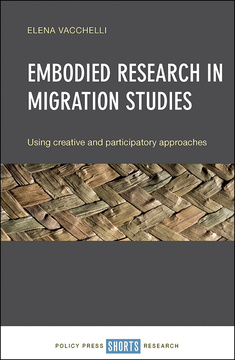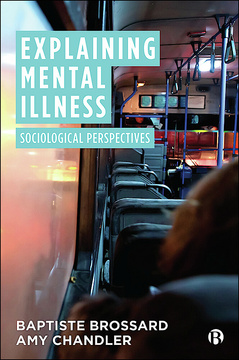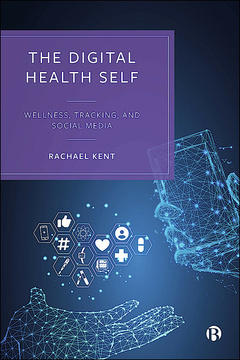Living Data
Making Sense of Health Biosensing
By Celia Roberts, Adrian Mackenzie and Maggie Mort With Mette Kragh-Furbo, Joann Wilkinson and Theresa Atkinson
Published
Jul 24, 2019Page count
208 pagesISBN
978-1529207507Dimensions
198 x 129 mmImprint
Bristol University PressPublished
Jul 24, 2019Page count
208 pagesISBN
978-1529207538Imprint
Bristol University PressPublished
Jul 24, 2019Page count
208 pagesISBN
978-1529207545Imprint
Bristol University PressAs individuals increasingly seek ways of accessing, understanding and sharing data about their own bodies, this book offers a critique of the popular claim that ‘more information’ equates to ‘better health’. In a study that redefines the public, academic and policy related debates around health, bodies, information and data, the authors consider the ways in which the phenomenon of self-diagnosis has created alternative worlds of knowledge and practises which are often at odds with professional medical advice. With a focus on data that concerns significant life changes, this book explores the potential challenges related to people’s changing relationships with traditional health systems as access to, and control over, data shifts.
“This is an original and timely text – an absolute pleasure to read and a unique contribution to the field.” Emma Rich, University of Bath
''This book presents a compelling account of people's engagements with biosensors. Drawing on their long history of research in science and technology studies, the authors elucidate how people can be helped or disappointed by these new technologies.'' Deborah Lupton, University of New South Wales
Celia Roberts is a Professor of Gender and Science Studies in the Department of Sociology at Lancaster University.
Adrian Mackenzie is a Professor of Technological Cultures in the Department of Sociology at Lancaster University.
Maggie Mort is a Professor of Sociology in the Department of Sociology at Lancaster University. She is also the Coordinator of the EC Horizon 2020 project, CUIDAR: Cultures of Disaster Resilience among children and young people.
Introduction: What Does Biosensing Do?
Fertility Biosensing
Biosensing Stress
Platform Biosensing and Post- Genomic Relatedness
Biosensing in Old Age
Conclusion: What Might Biosensing Do?







